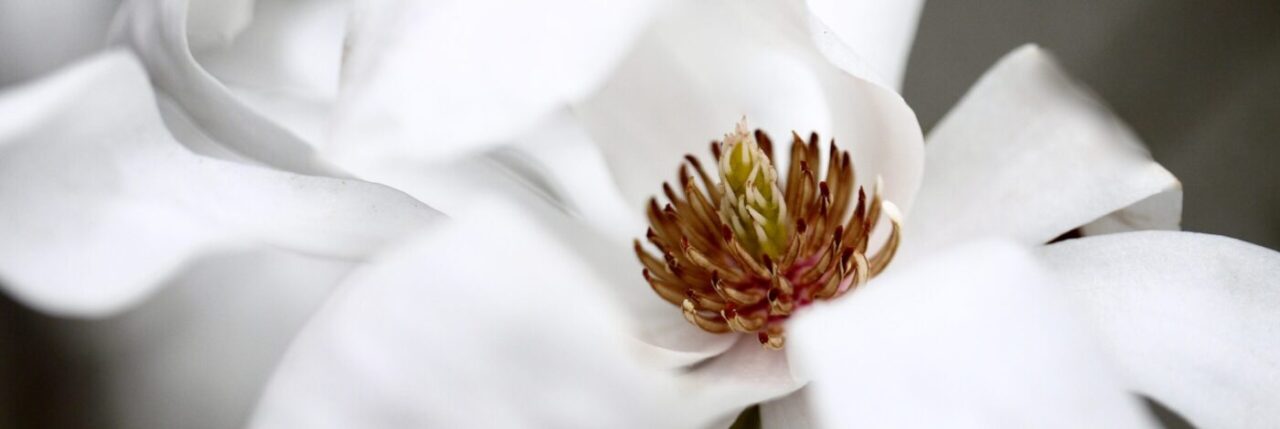
One of the classic spring sights is grand old gardens illuminated by even older Magnolia trees. 100 million years old.
Magnolias are amongst the most primitive flowering plants. And it’s clear that they have stood the test of time. In human memory, Magnolias are native to parts of Asia and the southeastern United States. When they were first introduced to western gardens there was concern over their hardiness, which is why you’ll often see old specimens of the American evergreen species, Magnolia grandiflora planted close to stately homes where it was hoped the reflected heat of the wall would nurse it through our winters. As it turns out, this and many Magnolia species are quite hardy in our temperate climate despite some of their sub-tropical origins.
As wild specimens made it this direction they have been widely planted and hybridised, giving us the large variety of shapes and sizes available to the modern gardener.
Broadly speaking, Magnolias prefer sunny sites in fertile well-drained neutral to slightly acidic soil. However, there are many species available which can cover most garden situations, notably the calcareous soils of the south Dublin suburbs and beyond.
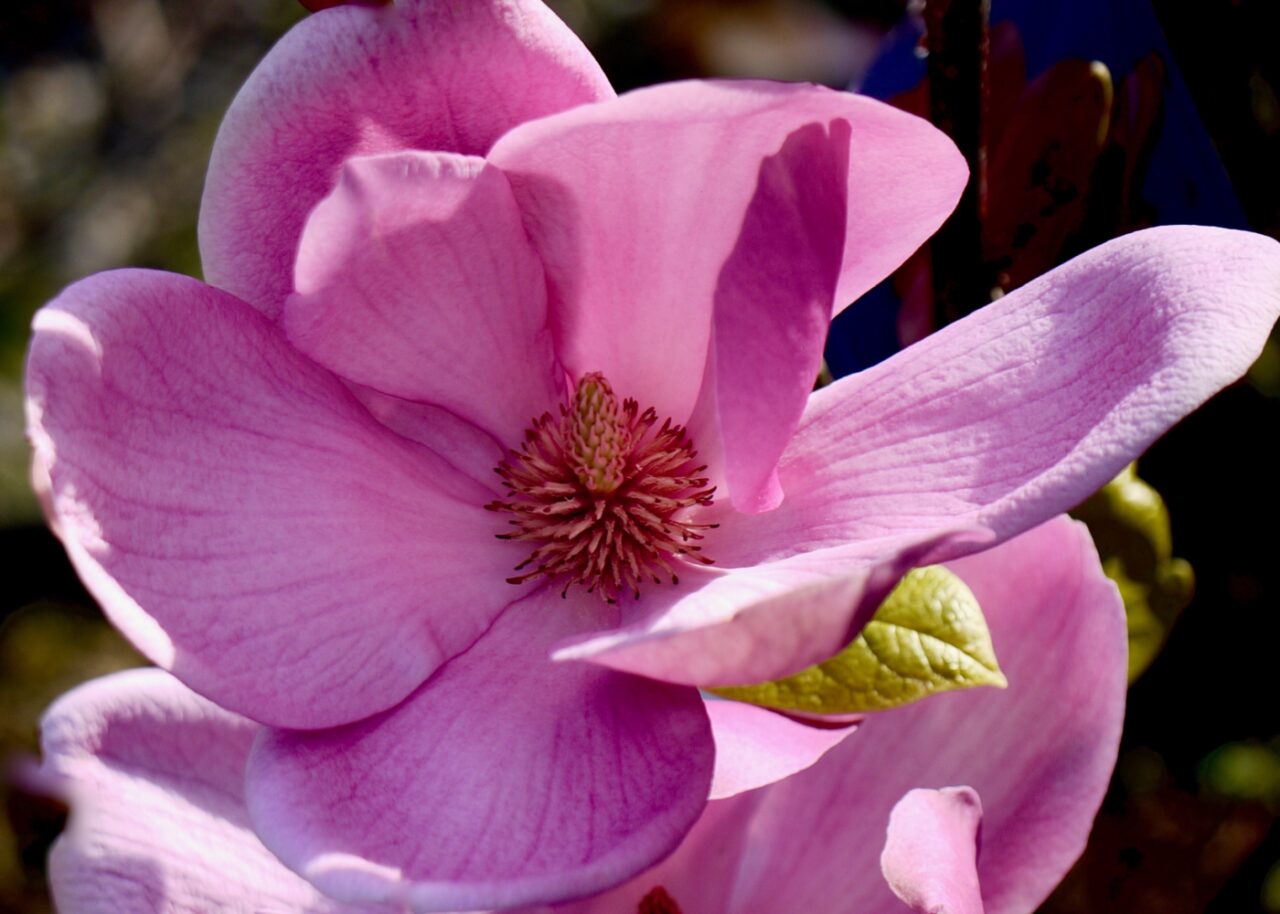
Magnolia Cleopatra
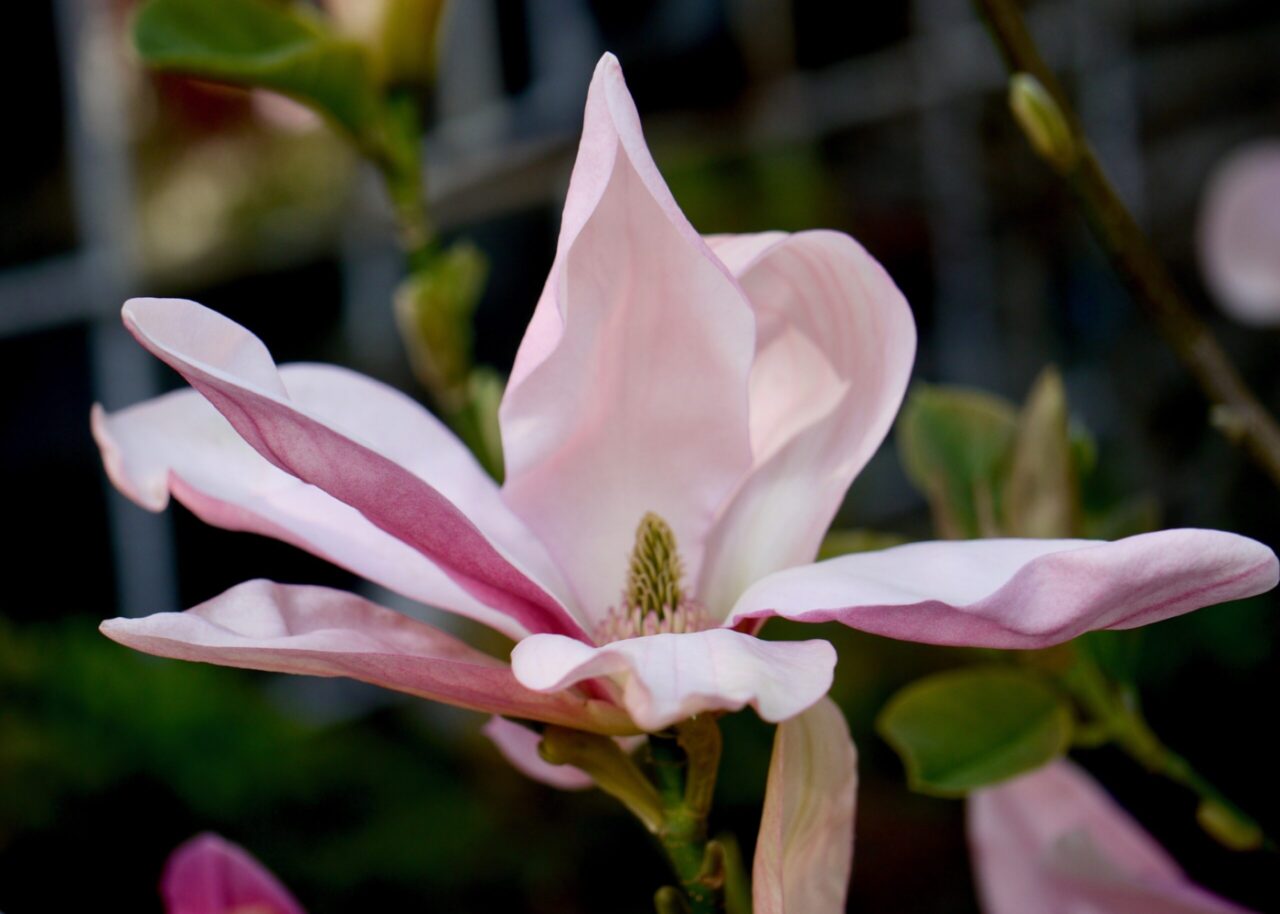
Magnolia Daybreak
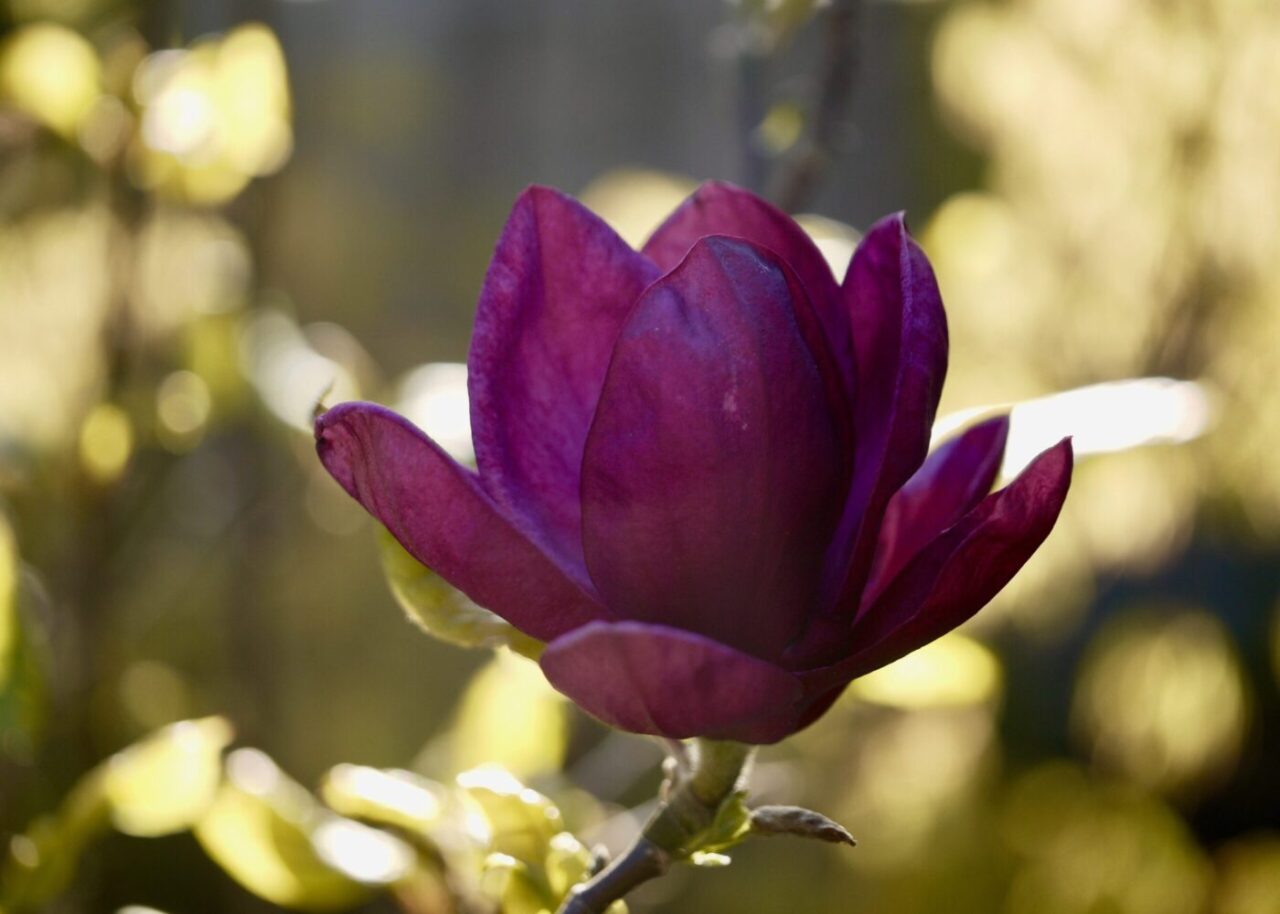
Magnolia Black Tulip
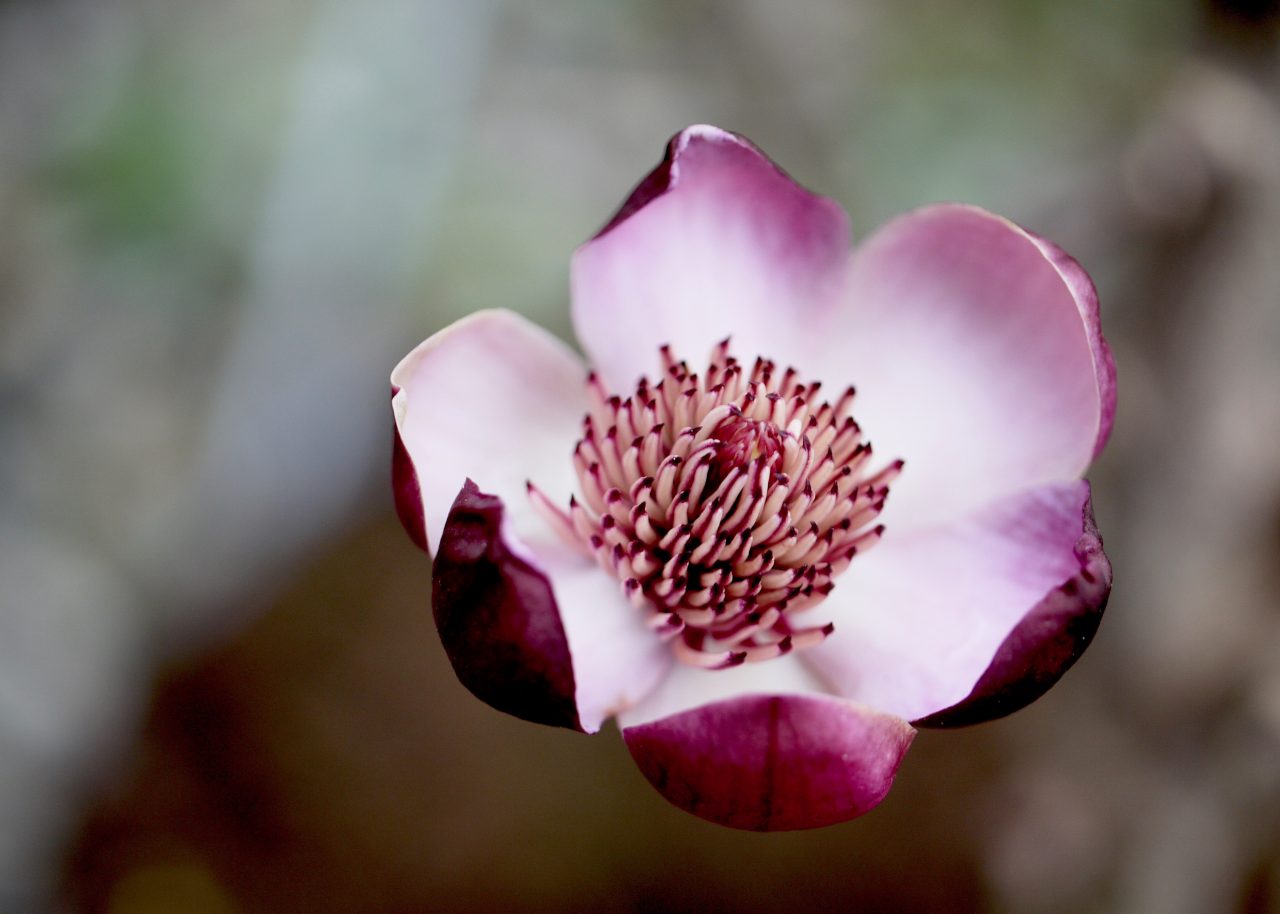
Magnolia Genie
Deciduous Magnolias typically flower in spring before the foliage emerges and come in a wide variety of flower colours and sizes and a diverse array of habits. Classic garden species like Magnolia x soulangeana form broad rounded canopies with large flowers. Varieties like Magnolia ‘Daybreak’, Magnolia ‘Cleopatra’, and Magnolia ‘Genie’ have narrow upright habits, only rounding with age. Shrubby Magnolia stellata stays small and can be incorporated into a shrub border.
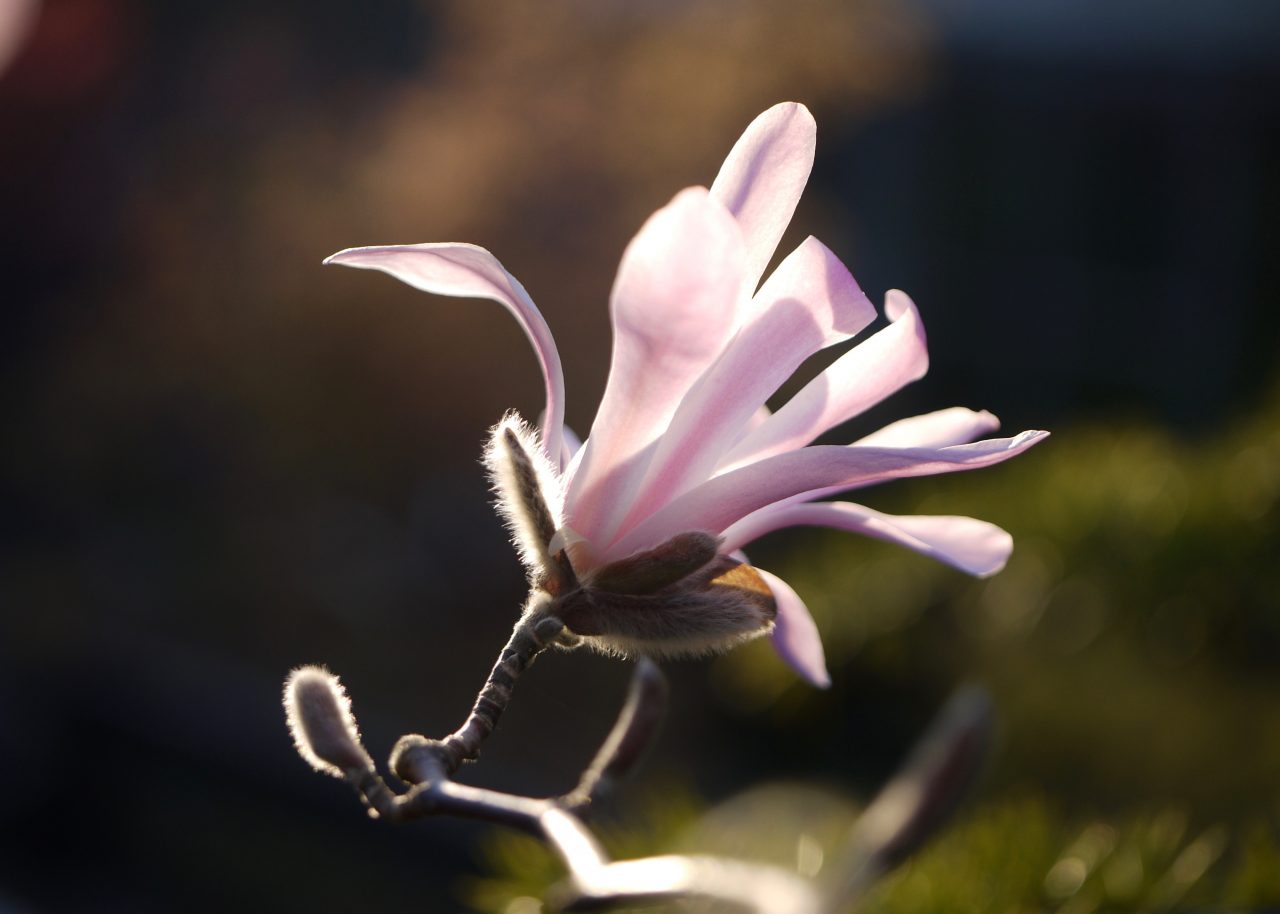
Magnolia Leonard Messel
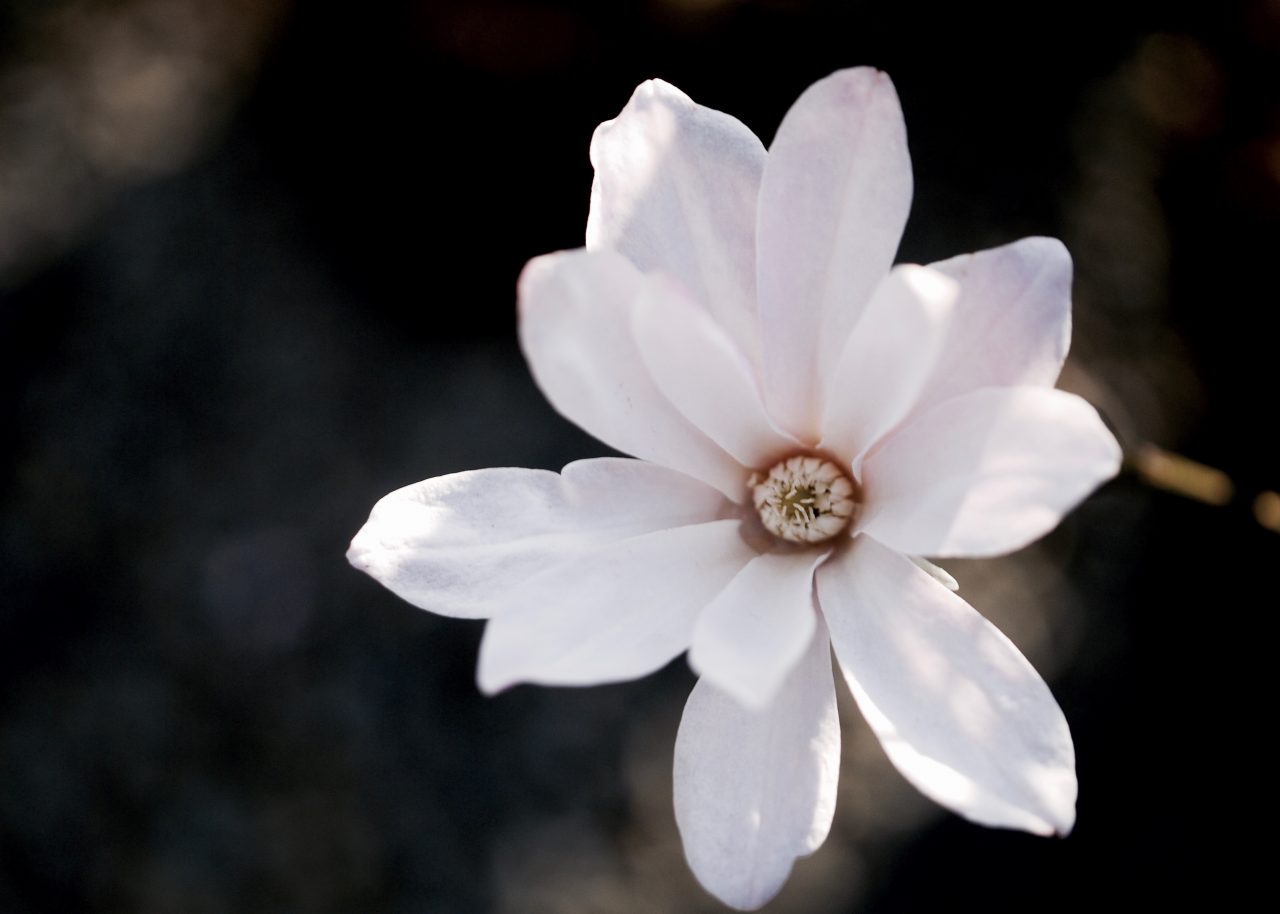
Magnolia Merrill
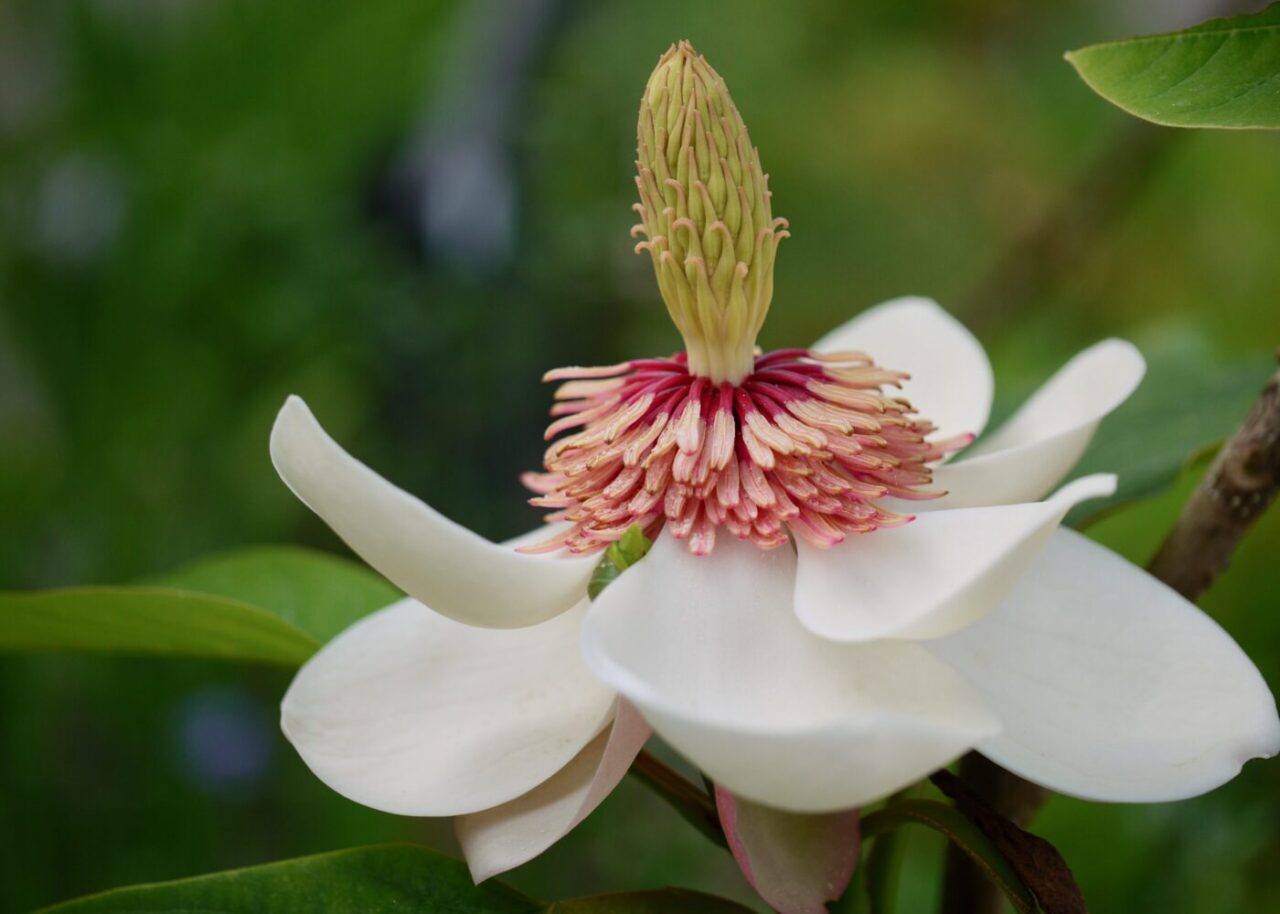
Magnolia wieseneri

Magnolia virginiana
Magnolia stellata is also good for alkaline soils. So too is Magnolia x loebneri, with classic selections like M. ‘Leonard Messel’ and M. ‘Merrill’. In a little bit of shade, later-flowering species like M. wilsonii, M. sieboldii, virginiana and M. wieseneri are appropriate. Summer-flowering evergreen species like Magnolia grandiflora and M. virginiana will tolerate heavier soils.
Magnolias need little maintenance beyond reliable watering to help them establish in the first few years. Deciduous species can be pruned best in mid-summer to remove dead and crossing branches and refine shape. Evergreen species can be pruned in spring once there is new growth.
Magnolias are the doyenne of spring flowering trees and are the classic accompaniment to any sophisticated front garden. Or plant a summer-flowering evergreen species and live out languid summer fantasies of the humid southern US. Regardless, there is usually a Magnolia for any garden.
